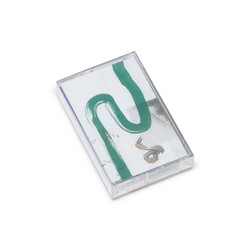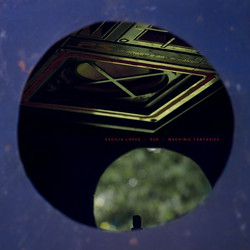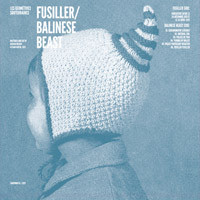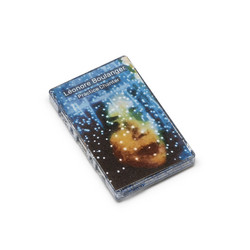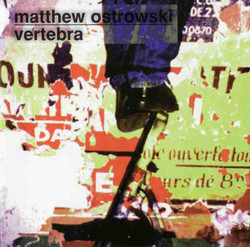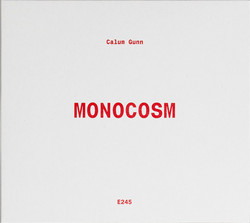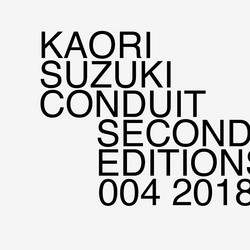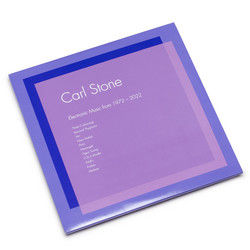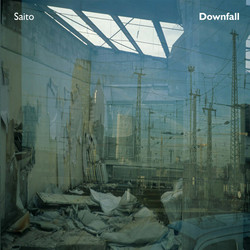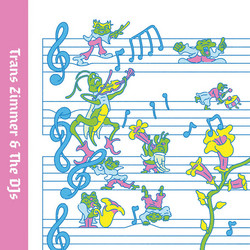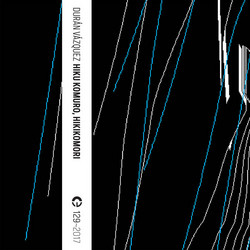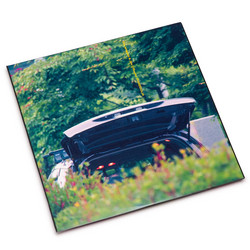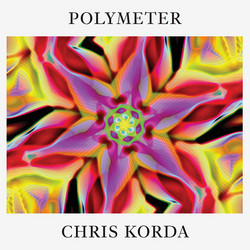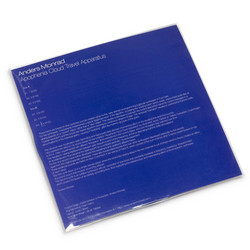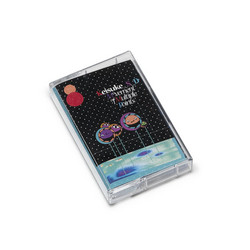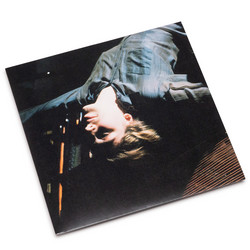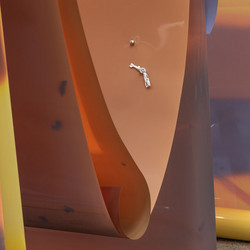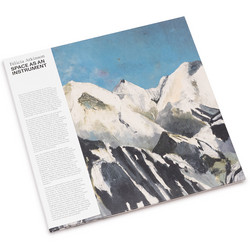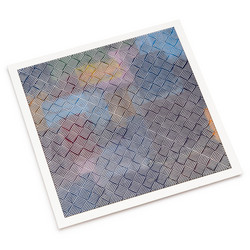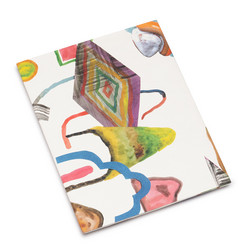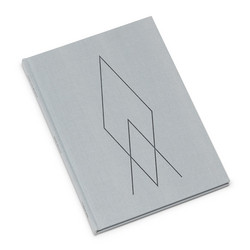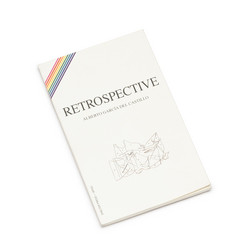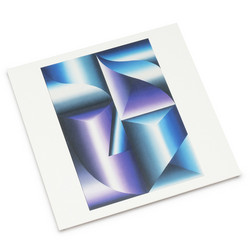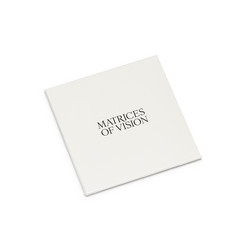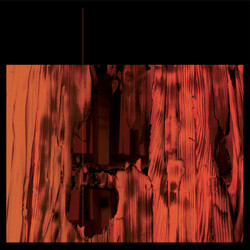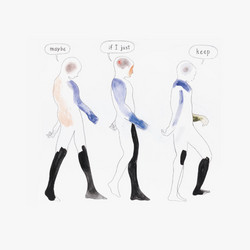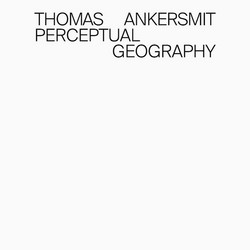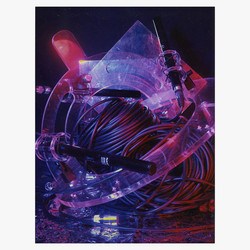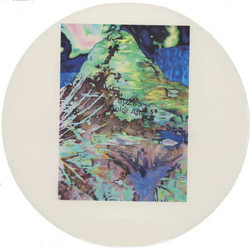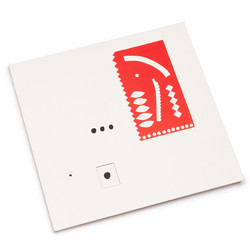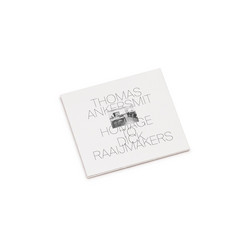1
2
File under: Computer Musichyper-forward
Shelter Press continue to pull us deeper into their uniquely curated soundworld on this exceptional new album from prolific composer and synth builder Justin C. Meyers, an artist who has had a cult following in the US underground noise and electronic scene for many years. This new album is a staggering collection of complex but gradually immersive modular compositions; a jittery, fragile thing that attempts to catalogue the precarious life of an artist with all the despondancy and joy that can entail. Impossible to classify this one, but if you’ve enjoyed work by Rashad Becker, Lucy Railton or Mark Fell in recent years, we’d wager that this one will rule your world...
"Meyers is a unique, underappreciated talent in contemporary electronic music. His greatest strengths are twofold: his compositions have a meticulous structural logic, revealing a hermetic and austere formalism; concurrently, his compositions have a deep, introspective narrativity grounded in his lived experience, evoked with a mature clarity. Together, they make Meyers one of the most interesting electronic musicians working with cutting-edge sonics today, unlocking their latent powers of metaphor and figuration.
Meyers’ formal language employs the barest of ingredients: scintillating digital synthesis, evacuated field recordings, impossibly crisp transients and an elegiac harmonic sensibility. He sets up scenarios that anticipate some musical event or flourish, only to renege on them with stark about-faces or resolutions into dissonance. These rhetorical figures reproduce the difficulty of maintaining artistic integrity and motivation while working a day job and dealing with chronic illness.
Tracks like “Self Portrait” evoke the trauma of reconfiguring and rewriting one’s own identity to (unsuccessfully) appease indifferent funding sources like grants and fellowships, which Meyers wryly calls “Granular Opportunities.” Stability is not conceded until the stunning eponymous final sequence, that ambiguously signals either the willed discontinuation or reaffirmation of Meyers’ musical career.
The impression is not entirely bleak. Meyers’ sound design is buoyant and luxurious with its clean edges and lush tonalities, such as in “Draw Distance” or the “Expectations” diptych. This is Meyers’ most playful record, albeit always gesturing towards its melancholic narrative. This guarded, dark humour is alluded to in his sleeve art and track titles.
In an environment where most record releases don’t break even and the artist usually shoulders the financial burden, Struggle Artist explores what the psychological burdens are. It laments the incompatibility of neoliberalism and non-commercial artistic practice, increasingly accessible only to the inherited rich. For the rest of us, second jobs are the only option, which in theory liberates us from the pressure to commoditise our art, but in reality leaves us exhausted and broken. Struggle Artist is a refreshingly honest and transfixing metanarrative on how we interiorise the conditions of making art."
With hazy resolution and ambiguity of effect, the record works its magick in memorable style. Like the best abstract sonics of Peter Rehberg or Keith Fullerton Whitman, an intuitively applied formula of geometry, rhythm, tone and timbre add up to inexorable effect, rendering the closest possible connection between the machines and the artist’s pathos.
For syntesthetes and attuned listeners, the effect is likely to conceive new colours on the mind’s eye, and move them to finer states of emotive response. In others words: it’s a seriously good listen.
"Meyers is a unique, underappreciated talent in contemporary electronic music. His greatest strengths are twofold: his compositions have a meticulous structural logic, revealing a hermetic and austere formalism; concurrently, his compositions have a deep, introspective narrativity grounded in his lived experience, evoked with a mature clarity. Together, they make Meyers one of the most interesting electronic musicians working with cutting-edge sonics today, unlocking their latent powers of metaphor and figuration.
Meyers’ formal language employs the barest of ingredients: scintillating digital synthesis, evacuated field recordings, impossibly crisp transients and an elegiac harmonic sensibility. He sets up scenarios that anticipate some musical event or flourish, only to renege on them with stark about-faces or resolutions into dissonance. These rhetorical figures reproduce the difficulty of maintaining artistic integrity and motivation while working a day job and dealing with chronic illness.
Tracks like “Self Portrait” evoke the trauma of reconfiguring and rewriting one’s own identity to (unsuccessfully) appease indifferent funding sources like grants and fellowships, which Meyers wryly calls “Granular Opportunities.” Stability is not conceded until the stunning eponymous final sequence, that ambiguously signals either the willed discontinuation or reaffirmation of Meyers’ musical career.
The impression is not entirely bleak. Meyers’ sound design is buoyant and luxurious with its clean edges and lush tonalities, such as in “Draw Distance” or the “Expectations” diptych. This is Meyers’ most playful record, albeit always gesturing towards its melancholic narrative. This guarded, dark humour is alluded to in his sleeve art and track titles.
In an environment where most record releases don’t break even and the artist usually shoulders the financial burden, Struggle Artist explores what the psychological burdens are. It laments the incompatibility of neoliberalism and non-commercial artistic practice, increasingly accessible only to the inherited rich. For the rest of us, second jobs are the only option, which in theory liberates us from the pressure to commoditise our art, but in reality leaves us exhausted and broken. Struggle Artist is a refreshingly honest and transfixing metanarrative on how we interiorise the conditions of making art."
With hazy resolution and ambiguity of effect, the record works its magick in memorable style. Like the best abstract sonics of Peter Rehberg or Keith Fullerton Whitman, an intuitively applied formula of geometry, rhythm, tone and timbre add up to inexorable effect, rendering the closest possible connection between the machines and the artist’s pathos.
For syntesthetes and attuned listeners, the effect is likely to conceive new colours on the mind’s eye, and move them to finer states of emotive response. In others words: it’s a seriously good listen.
Details

